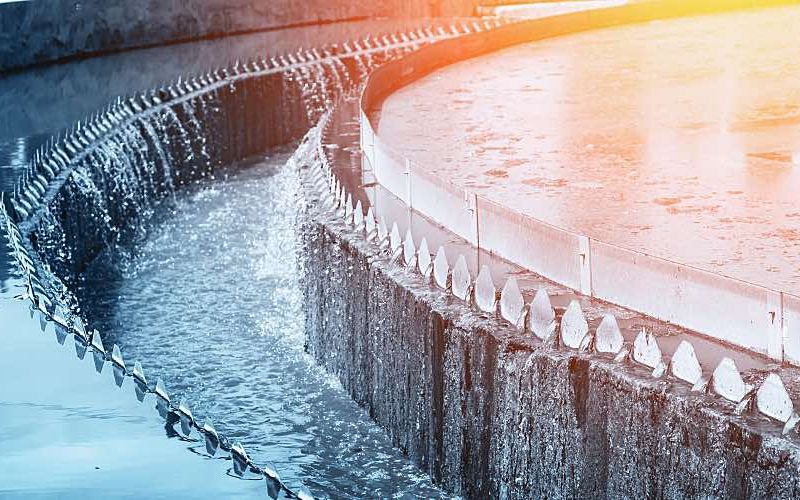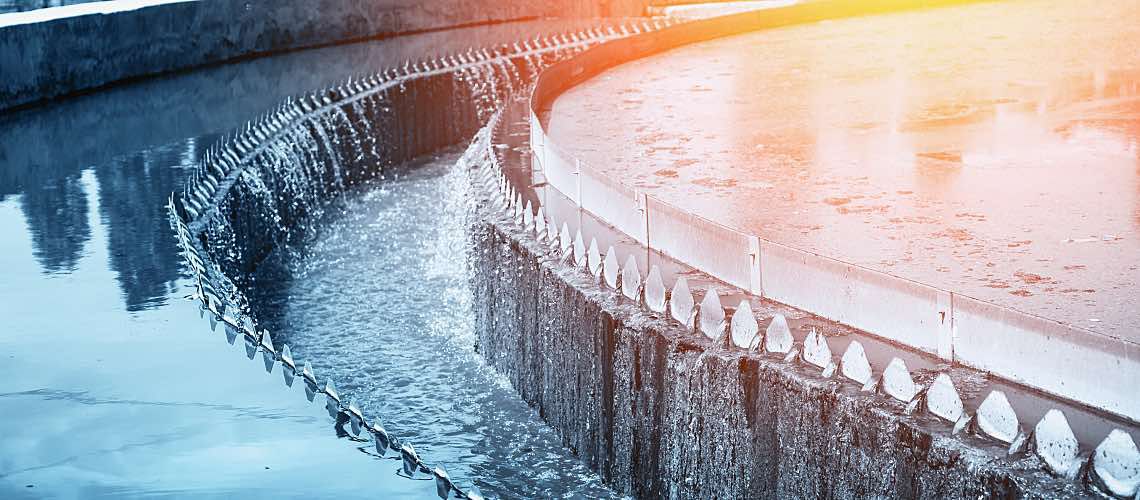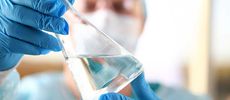Tracking COVID-19 Variants Through Wastewater Testing


Wastewater testing is proving critical to warn communities where fast-spreading strains of SARS-CoV-2 have taken hold. Last year, the Centers for Disease Control and Prevention (CDC) and the Department of Health and Human Services (HHS) initiated a national wastewater surveillance system (NWSS) to track the extent of COVID-19 infections. But simply testing for the presence of SARS-CoV-2 is not enough — it's also essential to detect the rise of new variants.
Prevalence of U.K. Strain
In December, a mutated form of the novel coronavirus — called U.K. strain B.1.1.7 — was discovered in southeast England. The variant appears to transmit more easily and now dominates in some countries, according to MIT Technology Review. In Israel, for example, B.1.1.7 underlies 80% of cases. Although the resulting infections are not more severe, the variant could cause more illness and deaths by infecting more people.
As of March 9, the CDC reported more than 3,000 confirmed cases of the new variant in 49 U.S. states. Florida and Michigan have been the hardest hit by this particular strain. If the doubling rate were to be similar to that in the U.K., the strain could quickly become the most common in the U.S., according to Technology Review.
Learn more about how IDEXX supports public health with new SARS-CoV-2 RT-PCR test for wastewater
But B.1.1.7 isn't the only strain of concern. Mutations have also been discovered in virus samples from South Africa and Brazil. And the New York Times reported on Feb. 14 that seven virus variants found in the U.S. carry a mutation in a gene that influences how the virus enters human cells. That could make these variants more contagious.
COVID-19 Tests Are Blind to Strains
Genome sequencing detects the B.1.1.7 variant based on its specific mutations. But, sequencing must be wide-ranging to monitor mutations and get an accurate picture of how a variant is spreading.
The U.S. sequences only 0.3% of COVID-19 tests, according to the Washington Post, compared with approximately 60% in Australia, 12% in Denmark, and 7.5% in the U.K. Or, to put it another way, the New York Times noted that despite 1.4 million positive U.S. tests per week in January, only 3,500 samples were sequenced to determine how the virus is mutating.
Wastewater Testing Could Fill the Gap in Clinical Testing
Wastewater sequencing can help fill the gaps. The amount of SARS-CoV-2 in sewage can provide an early warning of the number of positive clinical tests four to eight days later.
Sequencing wastewater samples goes a step further by offering evidence of new strains at a lower cost than clinical sequencing. In Altamonte Springs, Fla., wastewater testing showed 4% of those infected had the new variant by early February, according to Technology Review. On Feb. 11, the Associated Press reported that the city of Burlington, Vt., announced that their sewage samples also indicated the presence of the U.K. variant.
By using models based on wastewater testing, health officials can estimate how many people in a particular sewershed have the new variant. Wastewater testing and sequencing provide a more accurate picture of overall health, given that everyone in a sewershed contributes to the sample, even if they haven't been or never will be tested in a clinic.
Wastewater Sequencing Process
Sewage tests use a sensitive version of PCR, which is the test hospitals use. Preparing the samples for sequencing can be the tough part, according to a new study in mBio.
The procedure first requires enriching the RNA that testers would like to detect. Then, a sensitive bioinformatic analytical approach must detect a difference of a single nucleotide in a sequence. That requires great precision to search for the two mutations characteristic of the B.1.1.7 strain.
A Key Tool in the COVID-19 Fight
COVID-19 continues to tax hospitals to the limit. And despite the increasing number of U.S. citizens who are vaccinated, a fast-spreading variant could keep case numbers high.
Wastewater testing and sequencing offer an effective way for communities to pool samples from a representative source, acquire data to complement clinical testing, and more effectively track and respond to trends in the spread of COVID-19 and its variants.






